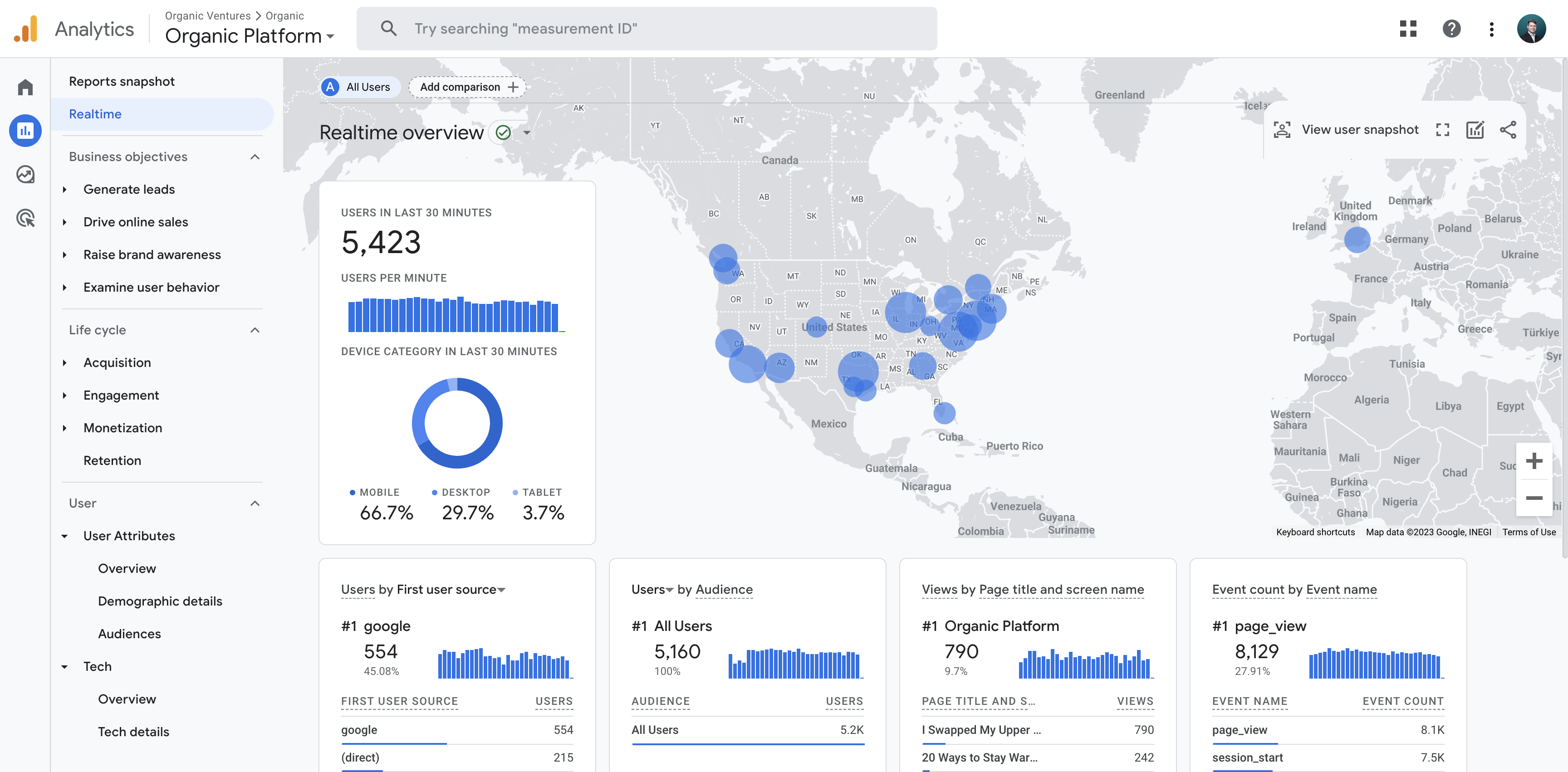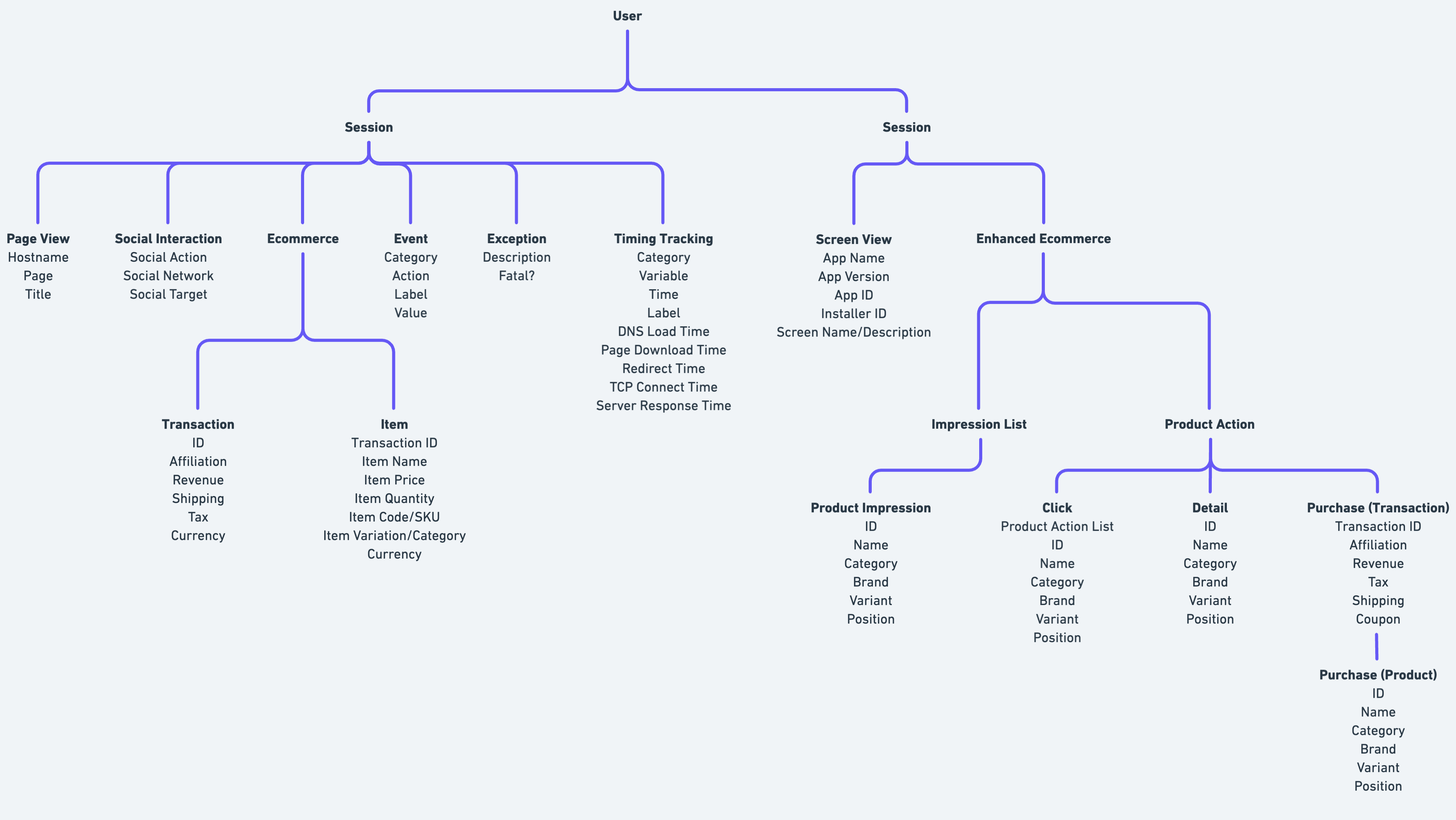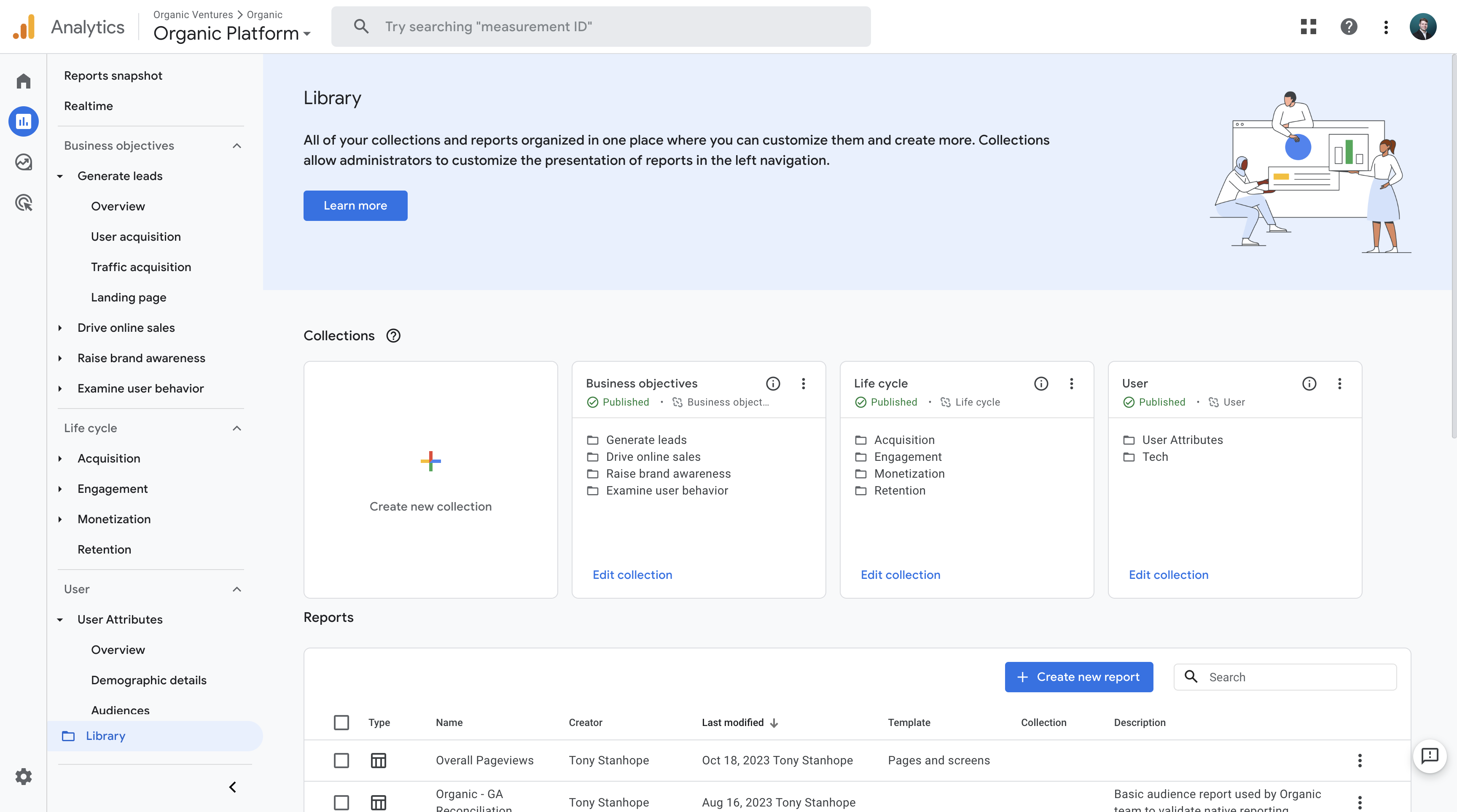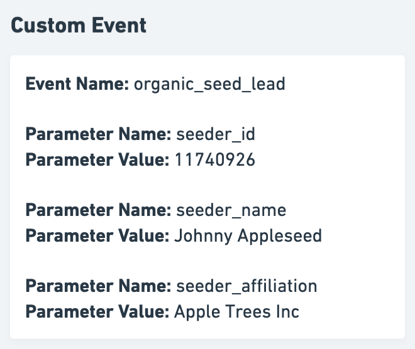Share this
5 Critical Things To Know About Google Analytics 4 Reports
by Tony Stanhope on Oct 31, 2023 2:00:00 PM
Nothing causes discomfort quite like a forced platform change (yes — even one 3 years in the making). For better or worse, high-traffic websites live and breathe by the metrics they can pull out of Google Analytics. Here are five critical things to know about the Google Analytics 4 Reports.

Background: It’s Time To Move to Google Analytics 4 Reports…
For digital publishers, the time to transition to Google Analytics 4 has already arrived. Google stopped processing data for Universal Analytics (UA) properties way back on July 1st, 2023.
While Google set up GA4 properties automatically, the new data structure represented a massive shift in the way Google collects, processes, and reports web analytics. We’ll spend the rest of this article looking at the most major changes you need to be aware of with Google Analytics 4 Reports.
For what it's worth, for large publishers that maintain a Google Analytics 360 contract, Google has announced that they will stop processing data for UA 360 properties on July 1, 2024.
Most publishers with UA 360 accounts set them up because of the complexity of their analytics infrastructure. Looking back, the best time to start migrating to a GA4 360 property was the day that option became available.
Same Google Analytics Reports, New Categories
Don’t panic — there’s nothing wrong with your GA4 implementation if you follow Google’s migration guide. When migrated correctly, you’ll end up with reporting for the most important aspects of your business if they were previously tracked in UA: traffic acquisition, behavioral data, and audience attributes.
However, there are some major differences in the way Google categorizes this reporting, including:
- Realtime: Real-time reporting has been consolidated into a single dashboard with a large map of real-time users, a quick breakdown of traffic over the last 30 minutes, and quick cards breaking down the data by source, audience segments, pages, events, conversions, and user properties.
- Business objectives: Realizing that some users will care more about specific business objectives than overall activity, Google introduced 4 new report sections — generate leads, drive online sales, raise brand awareness & examine user behavior. Many of the reports in these sections are analogous to the Life cycle reports in the next bullet point, just organized differently.
- Life cycle: This is where the most commonly used UA reports for publishers were moved in GA4. Acquisition, Engagement (formerly Behavior), and Monetization (formerly Conversions) are all represented, along with a new Retention report that brings cohort analysis to the forefront of Google Analytics.
- User (formerly Audience): Learn more about your audience through User Attributes including Demographic details like Location, Age, Language, Gender, and Interests. Get more info about the Tech they’re using to browse your site. Plus, unlock new reporting with Audiences — GA4’s new segmentation tool.
To note, not all of these organizational changes are one-to-one. Some reports have been moved into multiple categories and many have been consolidated so that the interface is simpler/easier to navigate. Most of the reports you use today (that aren’t already defaults) should be a click or two away as you explore the revised GA4 reports.
Google Analytics 4 Reports Do Not Match UA Reports
One of the main areas that publishers focus on when migrating from UA to GA4 is pageviews. While it’s important to make sure you’re in the ballpark, getting your properties to align perfectly is a lesson in futility. As Google has published in its own Help Center:
“The Pageviews total should be fairly close between Universal Analytics and Google Analytics 4, usually within a few percentage points, since the Google tag functions identically when recording pageview hits. The range of variation between the totals is usually due to different filters applied in Universal Analytics and Google Analytics 4.”
That last sentence is extremely important, as it represents a major change in the old way versus the new way events are recorded. While Universal Analytics supported “views” of your property where things like internal traffic, bot traffic, and even search pages could be excluded, these filtered views are a thing of the past in Google Analytics 4.
Similar filtering can be applied by creating audience segments in GA4, but they’re no longer applied at the Admin level.
Goodbye Hits, Hello Events in Google Analytics 4 Reports:
One of the things that publishers should get very excited about is Google’s move away from a hit-based architecture to an events-based approach to tracking activity on your sites. Think of the traditional tracking structure like this:
It’s messy. There are taxonomies for every single hit type within this structure. Pageviews have different parameters than Events. Social Interactions don’t look anything like Timing Tracking. And Ecommerce has two completely different ways of tracking user activity depending on whether or not you’re using Enhanced Ecommerce.
Now look at Google Analytics 4’s event structure:
Instantly, things become more streamlined. You have User Dimensions that tell you everything you could want to know about your user, events that consistently trigger as their session progresses, and a simplified way to look at “events” without the minutiae of sorting through the associated parameters.
When do you want to get in the weeds with your analytics? The parameters are there, ready for deep analytics. With their standardized structure, each parameter has a name and a value specific to your use case, but you don’t have to dig through documentation or memorize dozens of taxonomies to know which applies to what events. There are only as many (or few) parameters as needed to describe each event.
Want to unlock author, category, and content type analytics? Contact us to discuss how Organic Analytics enhances your GA4 data today.
Google Analytics 4 Reports Are Still In Early Stages
During the early days of any major software release, it’s easy to see the shortcomings and feel like things are not as complete as they could be. This is true for software companies of any size, even massive ones like Google.
Bear in mind that development is still ongoing for Google Analytics 4 Reports and many features are still to come.
Google has already made great strides to help offset this pain point. For example, the Reports section of GA4 offers a “Library” where you’re able to build your own reports, complete with templates, custom names/descriptions, creator info, and last modified date/user tracking. Reports can be grouped into collections for easy organization and you can even edit the Business objectives, Life cycle, and User categories that come stock with Google Analytics 4 to customize the experience for you and your team.
Extend Google Analytics 4 With Custom Events
Perhaps one of the most exciting additions to Google Analytics 4 is the ability to extend their event-based infrastructure with your own, homegrown events. Because GA4 uses a standardized structure, you’re able to build new and unique events specific to your site like this:
Tracking the events that matter most to your company becomes easier than ever with this structure, allowing you to expand your reporting capabilities further than Universal Analytics ever could.
Let us show you how event tracking can lead to better content decisions. Contact us to schedule a demo of what Organic does differently.
Conclusion
I hope that this article has, if nothing else, given you some peace of mind that Google Analytics 4 is not the end of the road for freemium publisher analytics. In fact, it’s far from it.
There have been very few product updates I’ve seen from companies the size of Google that make their free products more accessible to a broader audience, but this is certainly one of them. Between the features that used to be restricted to Google Analytics 360 users (or severely limited for those not on a 360 plan) and the connectivity GA4 offers with Google BigQuery, Google Ads, and the rest of the Google ecosystem, there’s a lot of promise in this latest offering.
I hope you’re excited to upgrade your company’s experience as much as I am. Connect with me on LinkedIn if you want to follow along with how Organic is using Google Analytics 4 data to enhance our high-traffic websites' capabilities!
Share this
- June 2024 (2)
- May 2024 (3)
- April 2024 (1)
- March 2024 (4)
- February 2024 (1)
- January 2024 (11)
- December 2023 (1)
- November 2023 (2)
- October 2023 (3)
- September 2023 (3)
- August 2023 (4)
- June 2023 (1)
- May 2023 (3)
- March 2023 (4)
- February 2023 (5)
- January 2023 (3)
- December 2022 (1)
- November 2022 (2)
- October 2022 (2)
- September 2022 (1)




